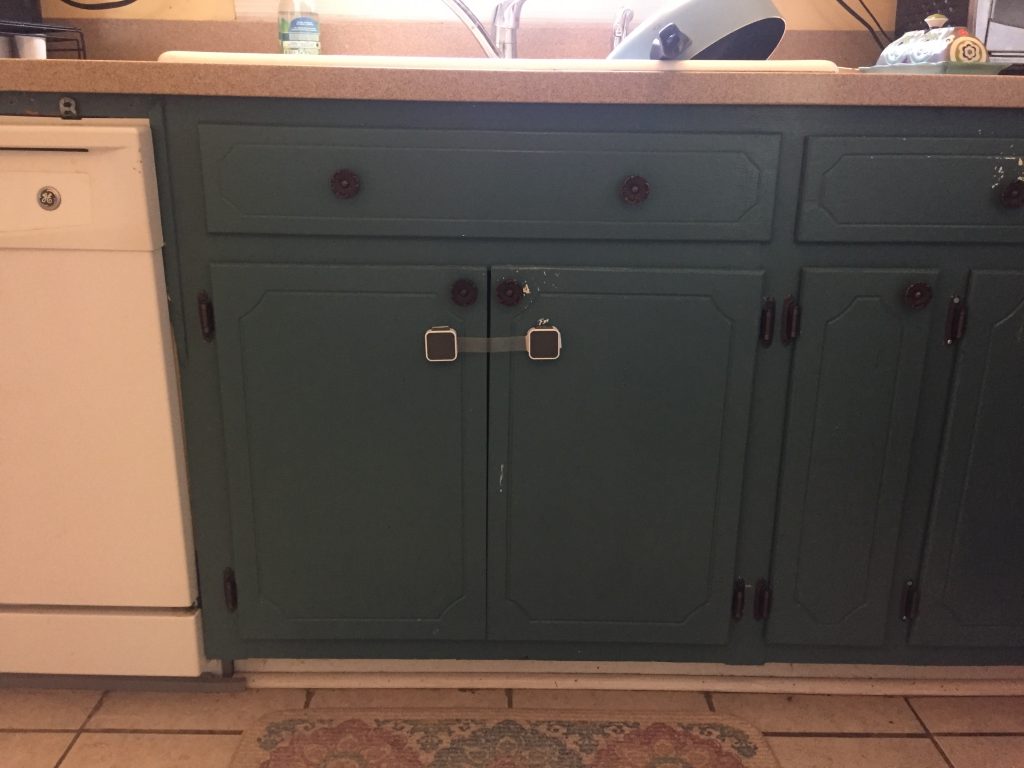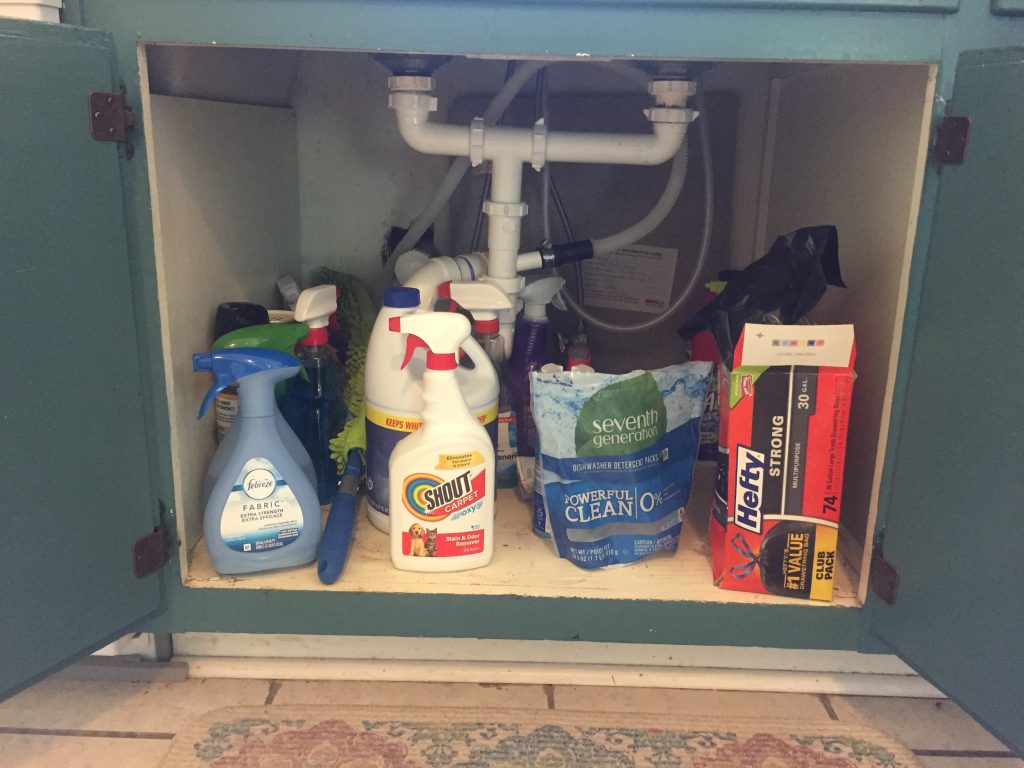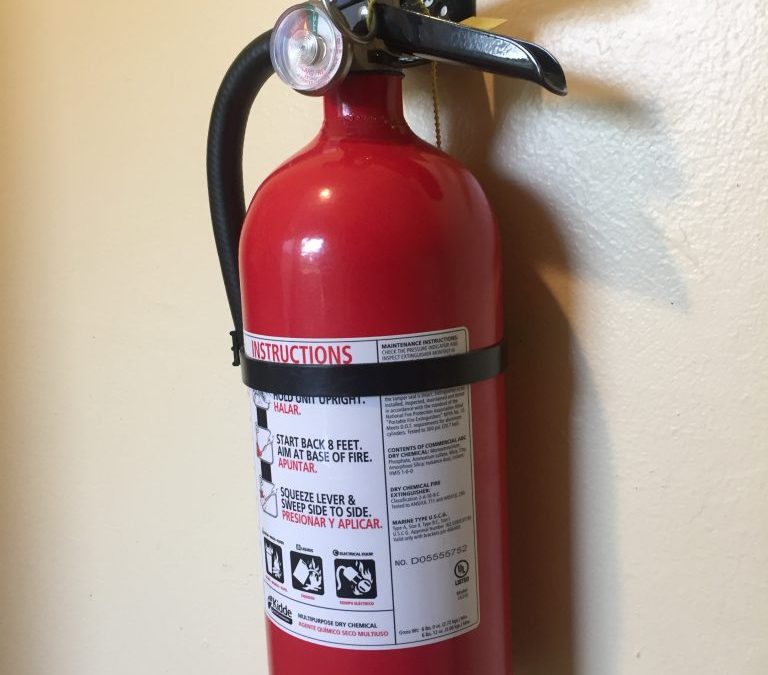
“It feels impossible to become a licensed foster home in South Carolina.” Have you ever heard someone say that before? Have you said that?
It’s normal to feel confused and maybe even frustrated as you go through the process or try to understand the requirements and qualifications. But hopefully this #FosterFridayLive can answer some of those questions regarding fire inspections and new lead requirements with help from Senior Deputy State Fire Marshal John Farmer for the Midlands.
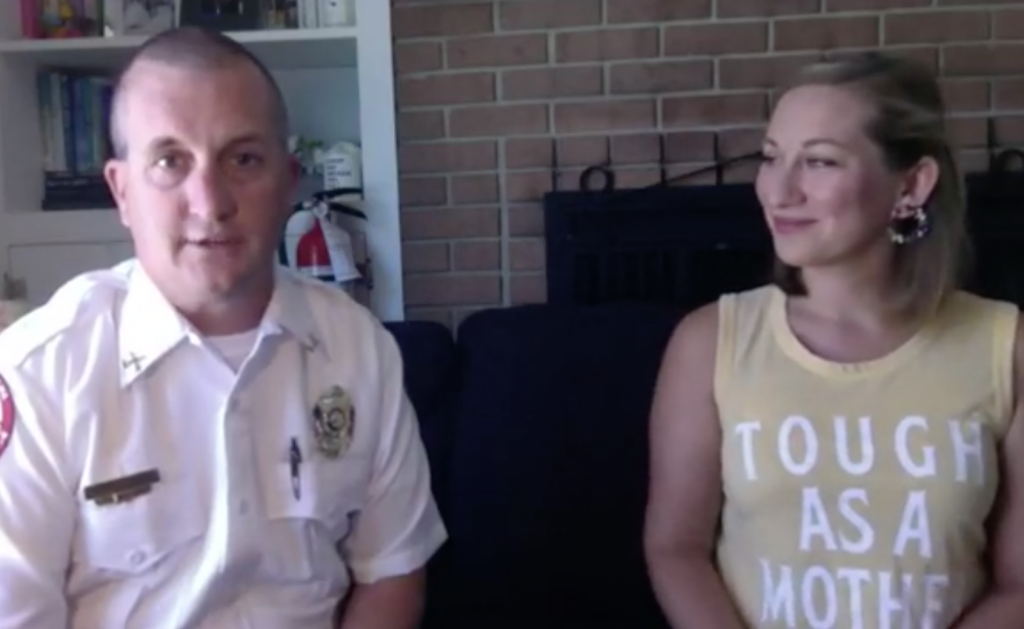
John is a Senior Deputy State Fire Marshal with the SC State Fire Marshal’s Office, a division of South Carolina Department of Labor, Licensing, and Regulation. He currently supervises the Midlands and a little bit of the Upstate. He is also a foster parent so he understands the process from that side as well.
What is the timeline of fire inspections after the request is put in by DSS or a private agency case worker?
What happens is the worker, either DSS or CPA licensing worker, will put your request in. How that works is- for the month of September- they have until midnight on the 15th of this month (August) to put in your request. Your request is put on a spreadsheet and is automatically sent out to the Deputy of the area you live in at 12:01am of the 16th. We have five business days from the 16th to schedule all of those inspections and send those out in an email to get everyone prepared; the email will let you know the day and time that we are coming. We do that in four hour time frames. We will typically have all those done by the 15th of that month (for example, September 15th if your request is put in this month by August 15th). 80-90% of inspections will be done in that time. We then have til the end of September to finish those inspections. But right now we are running at a 30 day timeline. We do have 45 days according to our DSS contract, but 30 days is typically what it takes to get it done once you get a request in.
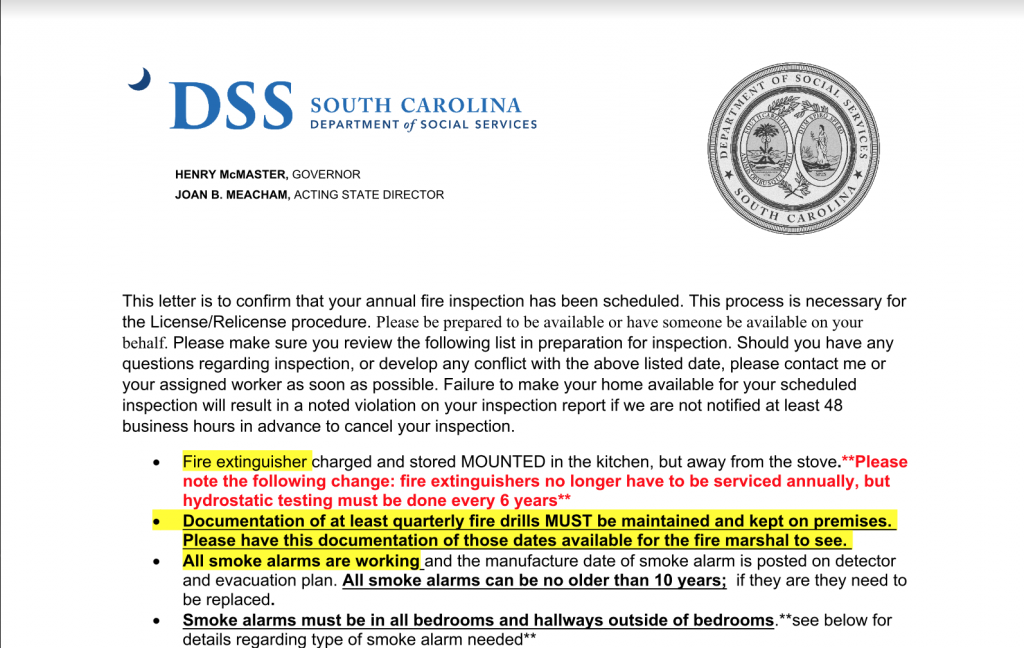
So if the worker puts the request in by August 15, that family will have their inspection in the month of September and they will know that before September comes. But if the worker puts the request in even at 12:01 on the 16th, that family will have their inspection in October. So it all depends on when that inspection gets put in.
What can families expect from their initial inspection? What do they need to have prepared?
So we will send an email to the worker and the worker will contact the new family with the day and time frame of their inspection. They will be given a four hour time frame.
Once we get to your house, we will do a fire and health inspection. The fire inspection will consist of fire extinguishers, smoke alarms, and carbon monoxide detectors which we’ll talk about later on.
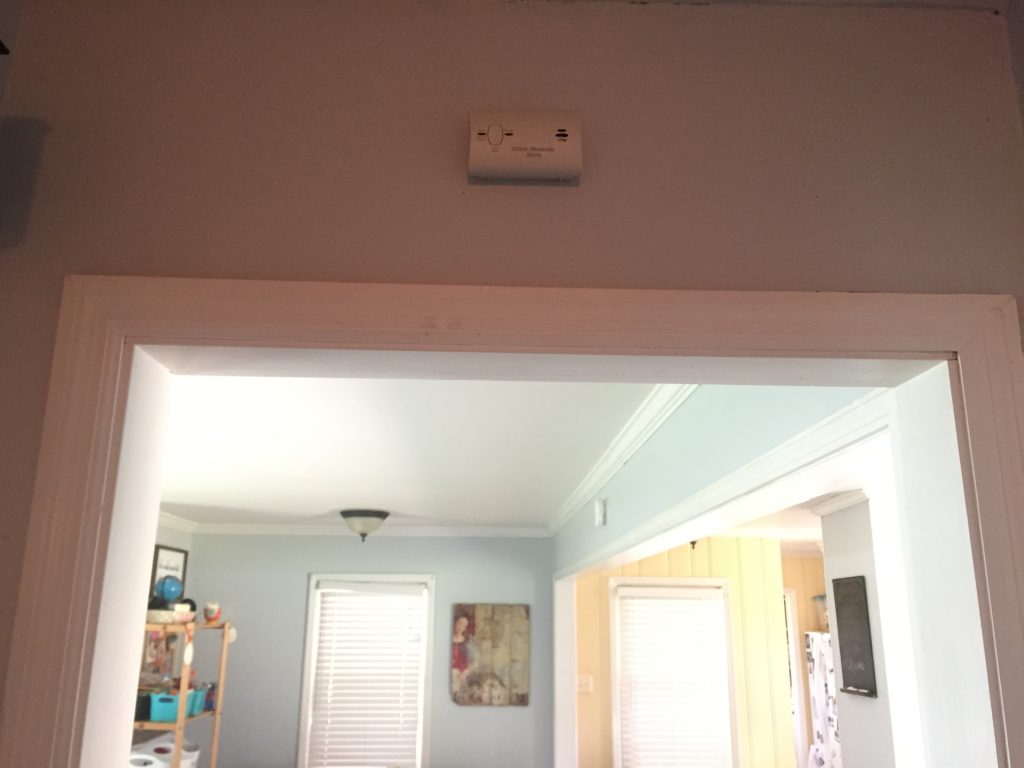
We’re going to look at overall safety of your home, make sure your home is free of fire hazards, make sure you have a fire extinguisher in the correct size and placement, fire safety plan, smoke alarms depending on window size and how many stories you have in your house, carbon monoxide if needed.
What does the health inspection look like? Do families need to have baby proofing or medicine lock boxes already in place?
What we’re going to do is look at your chemical location- cleaning supplies need to be out of reach or locked up. We’re going to look at the overall cleanliness of the home- general housekeeping and health or sanitation issues like if there is mold or mildew. We’re going to make sure that your water temperature is 120 degrees or less. You can test that by simply taking a thermometer and placing it under hot running water. You want to make sure it says 120 degrees or less. There is a dial on any water heater, gas or electric, and you can quickly turn that down. Generally speaking there will be a “normal” setting on it which is 120 degrees.
What are the requirements for fire extinguishers?
Let’s talk about fire extinguishers real quick. Typically when we walk into an initial fire inspection we come across a 1A10BC extinguisher which does not meet the regulation for foster care. These are readily available at Walmart or Dollar Stores but they do not meet the requirement. Maybe they came with the house and families just leave them under the sink.
The correct size is a 2A10BC. I always tell people that unlike the small one, it’s about double the size, and it has a hose coming off the side. Generally speaking, that’s how I send them to find the right one to know what they’re trying to find at Lowe’s, Home Depot, or Walmart. So you’ll see on the side it says 2A10BC.
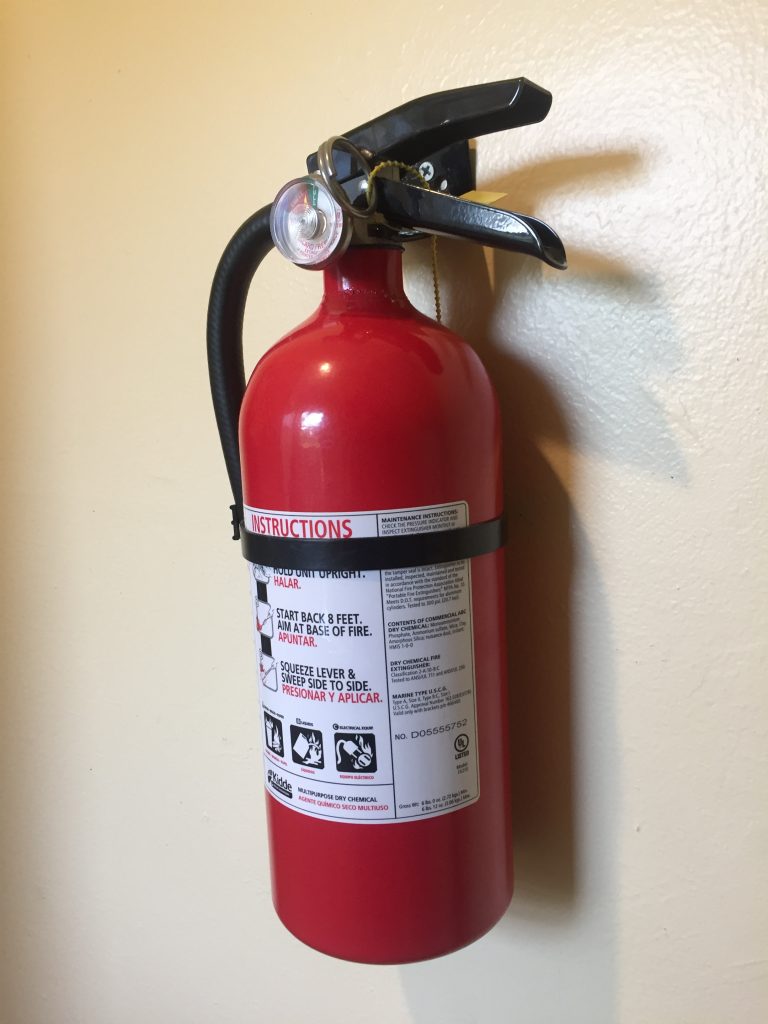
Fire extinguisher maintenance- you’re looking to see that the dial is on green, that the pin is here because if not, it will discharge. You’ll see on some that there may be a tag. That is no longer required by the State Fire Marshal’s Office. The only thing that is required now is that the dial is in the green, there is no physical damage to it, it is pinned. There is a date on the bottom of the extinguishers that will tell you the manufactured date. Six years from the manufacturer’s date you need to take it back to a fire equipment dealer and have a Six Year Hydro Test. Either that or you can buy a new fire extinguisher every six years, whichever one you would like to do. After that it will be okay for six more years as long as the dial needle stays in the green and then you’ll be due for another Hydro Test. So it will be good as long as it continues to pass the hydrostatic testing.
There is a new rule about having to mount the extinguisher. When you buy the extinguisher it will come with mounting hardware. We’re looking for it to be mounted in the kitchen or the kitchen area in the path of egress. So if you were to have a stove fire and you were to need this as you were exiting your home, you would then grab it on the way out to get yourself out of the house. Of course, call 911 and the fire department will come put your house out. These are here only for escape purposes. We do not put fire extinguishers in houses for you to fight fires; it’s only if you have to.
What are the requirements for smoke/ carbon monoxide detectors?
One of the things that we will do in every sleeping area is measure the height and width of each window. Every window opening on the first floor/ ground floor must be five square feet. If it does not meet five square feet, you are required to have wireless interconnected smoke alarms if you have an older home. If your home was built after roughly 1999-2000, your home was most likely required by the building code to have hard wired interconnected smoke alarms, connected to the wiring of your home with battery back-up. If one goes off, they all go off. If the power goes off, they still have batteries as back-up. Newer homes will most likely have hard-wired smoke alarms and if it does, you may not use the wireless smoke alarms. You will have to maintain what was put in your home when it was built.
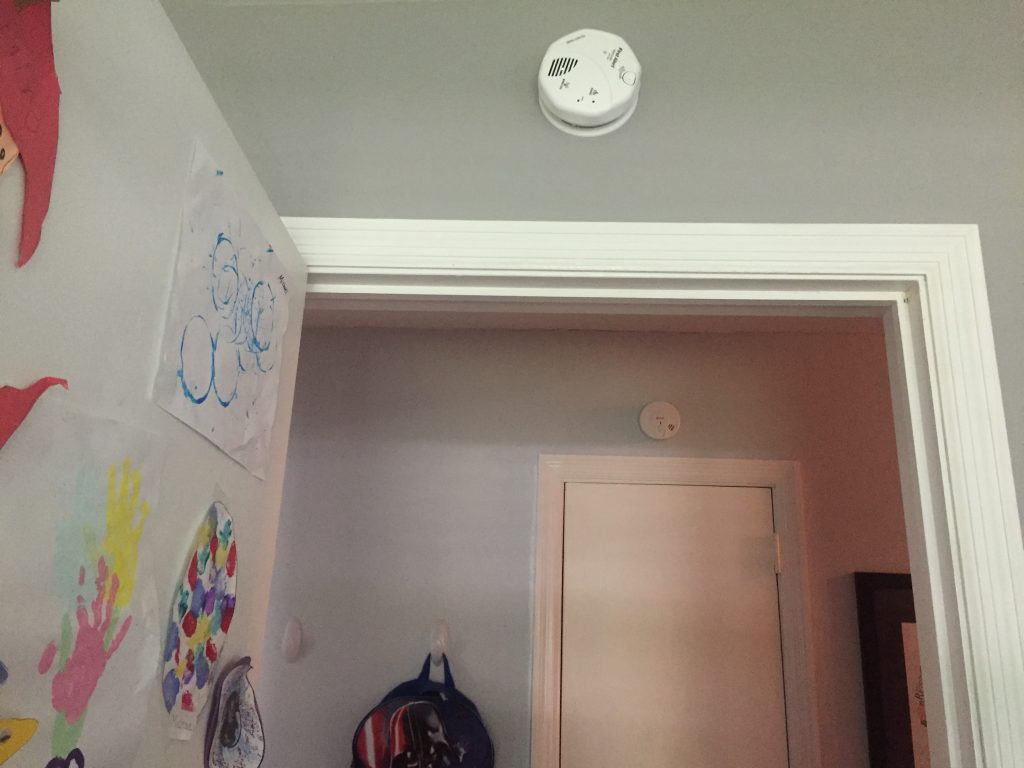
Smoke alarms have a manufacturer’s date on the back of it. And they are good for 10 years from that date. At the time of the manufacturer’s date you need to purchase new smoke alarms.
If we go into an initial inspection and your windows do meet the five square feet on the first floor or the 5.7 square feet clear opening on the second floor then you are only required to have single station smoke alarms with 10-year sealed lithium batteries in all the proper locations. That would be all you are required. If your windows do not open the full amount, that no longer automatically disqualifies you from becoming licensed. If the windows do not meet the requirements, you can go with the wireless interconnected smoke alarms. In the past, people would often say “well, my windows don’t meet the requirements and I cannot financially afford to replace all our windows.” But that was a long time ago and that is no longer the case.
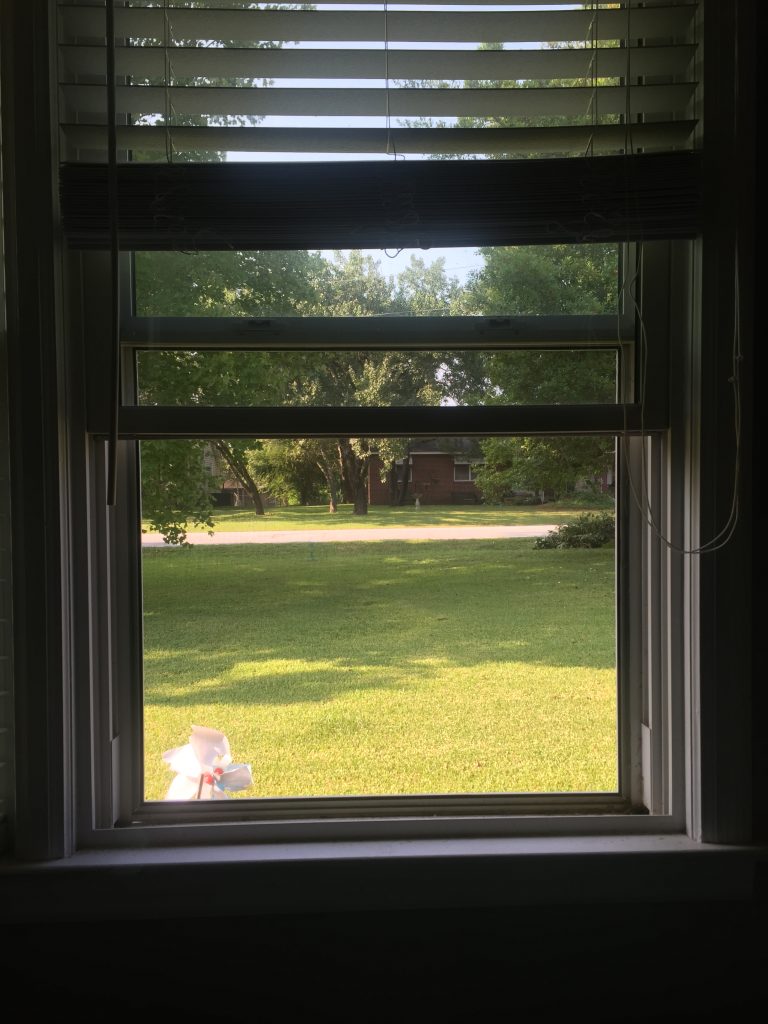
Even though window size doesn’t prevent licensure, please keep in mind that the Fire Marshal will still be looking for at least one window in each sleeping space to be a reasonable egress. Ex. you may not nail shut your windows or have them open only a couple inches. They must open a “reasonable” amount.
The big question on everyone’s mind right now is the new lead requirements. What can you tell us about these updates?
The State Fire Marshal’s Office no longer does lead inspections. DSS has come out with the statement that as of July 1, 2019 there is no lead requirement for foster care. So if you are interested in becoming a foster family and lead has been an issue for you in the past, that no longer is going to be a hurdle for you.
If you are a licensed family who did not initially pass the lead inspection and you are only taking children over six [the previous requirements said that if you had lead detected then you were not able to accept children into your home ages 0-6] and now you want to adjust your license, you should contact DSS or your private licensing agency and talk with them and go through the process to get your age limits dropped. You do not need to call the Fire Marshal; we are not coming out to do a lead re-inspection. Talk to your case worker. That is no longer in the Fire Marshal contract.
If you are a new home, you will not have a lead inspection.
If you had one thing you wanted current or prospective foster parents to know, what would it be?
Everyone stresses over seeing the Fire Marshal. They think we are going to stop their process; we are there to help you. If you have problems or concerns, you can call or email me at any time and I’d be glad to answer those.
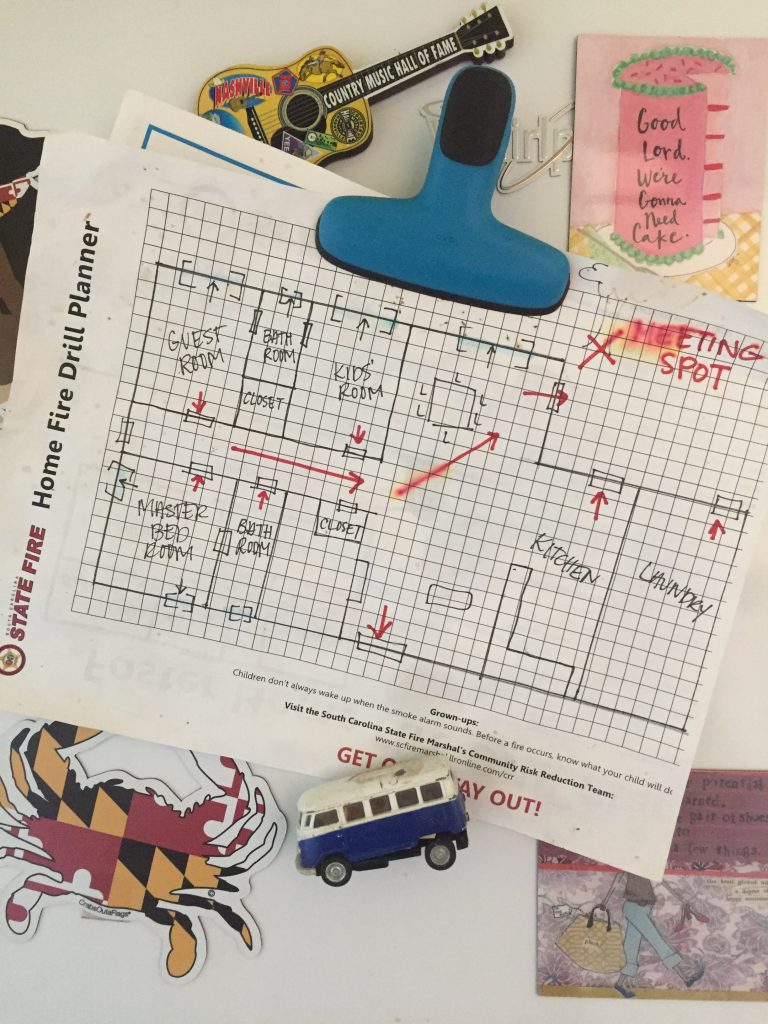
My biggest thing with the Fire Marshal is, just as we tell all of our families, make sure that you’re doing fire drills. Make sure that you know what to do in case of an emergency. Make sure that all children know where to go when the smoke alarms go off. Just think safety every day.
If you are a current or prospective foster parent with questions about fire inspections or the new lead requirements, we want to help answer all your questions. Contact Kaley at Care2Foster at [email protected]. More questions? Join our SHAREfostering community.
You can also contact John Farmer, Senior Deputy State Fire Marshal at [email protected]. You can ask your Fire Marshal or case worker for the South Carolina Code of Regulations Informational Bulletin. View attached documents for official SC Foster Home Fire Regulations:

